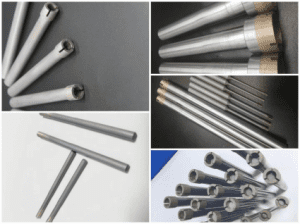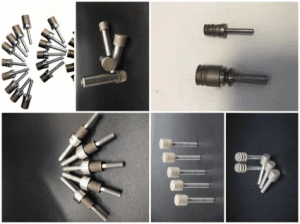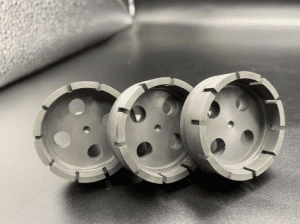

Metal bond grinding wheel for float Glass
Metal bond grinding wheel for Automobile Glass
Metal bond edge grinding wheel for wafer
Metal bond drill bit for glass
Metal bond drill bit for optics
Metal bond grinding wheel for roll industry
Metal bond grinding wheel for ingot
Metal bond cut-off wheels for glass
Metal bond cut-off wheels for Metallographic
Metal bond honing stone for precision hole
Metal bond grinding wheel for inserts
Metal bond grinding wheels for reamer
Metal bond grinding wheels for ceramic
Metal bond grinding wheels for mills
Metal bond grinding wheels for ruby
Metal bond grinding wheels for sapphire


